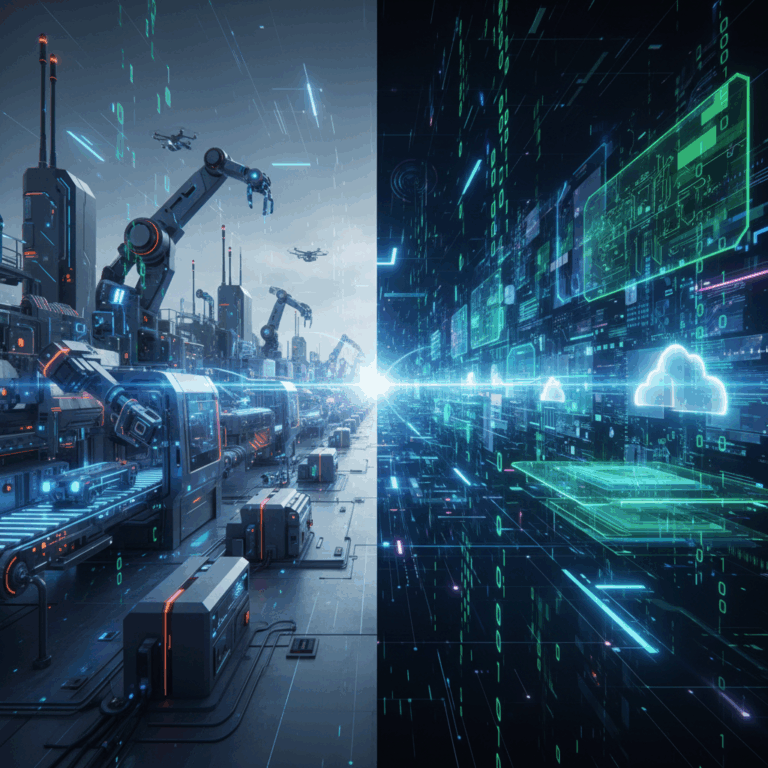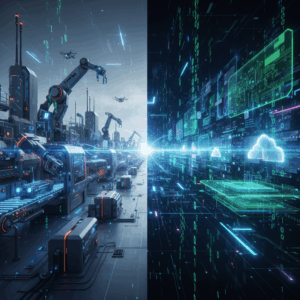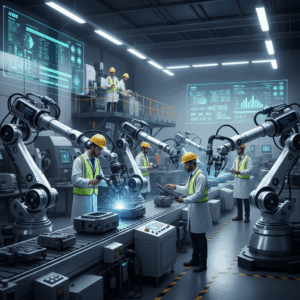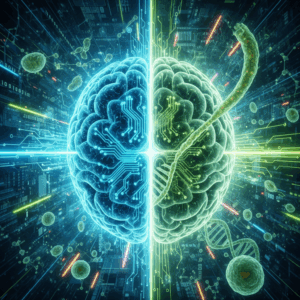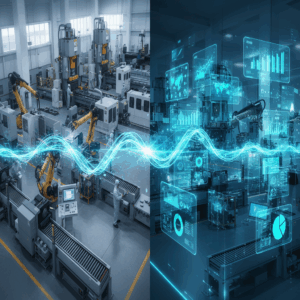Fundamentals of Cyber-Physical Systems
Cyber-Physical Systems (CPS) represent a revolutionary blend of digital technologies and physical processes, designed to operate in real time. These systems integrate sensing, computation, control, and networking to closely monitor and influence the physical world.
Unlike simple connected devices, CPS establish a closed-loop interaction where digital commands produce immediate effects on physical operations, enabling dynamic adaptation and enhanced system performance. This fusion makes CPS essential for advanced applications across industries.
Core Components: Sensing, Computation, and Control
The backbone of CPS lies in three essential components: sensing, computation, and control. Sensors gather vital data from the environment, such as temperature, motion, and pressure, providing real-time inputs about the physical world.
Computation units process this data using advanced algorithms that analyze conditions and make decisions. Based on these computations, control elements activate actuators to execute precise physical actions, effectively closing the loop between digital input and physical response.
This triad enables CPS to function autonomously, optimizing operations by continuously adjusting based on current environmental feedback, which is critical for maintaining safety and efficiency in complex systems.
Closed-Loop Integration Between Digital and Physical Processes
Closed-loop integration in CPS refers to the continuous feedback cycle where sensor data drives computational decisions that immediately result in physical actions. This loop ensures adaptive responses to changing conditions without human intervention.
In practice, this means a CPS can detect variations in its environment, compute optimal responses, and command actuators to adjust processes accordingly, allowing for real-time system optimization and risk mitigation.
The closed-loop structure is fundamental in improving reliability and responsiveness, making CPS indispensable in domains like manufacturing, smart grids, and autonomous transportation where precision and timing are critical.
Applications of Cyber-Physical Systems
Cyber-Physical Systems (CPS) have become crucial across various industries, enabling sophisticated control and automation in real time. Their ability to fuse computation with physical processes drives innovation and efficiency.
These applications span manufacturing, energy management, and transport, where CPS optimize operations, enhance safety, and support intelligent decision-making. This synergy transforms traditional practices into smart, adaptive systems.
By applying CPS across these sectors, organizations gain better resource management and improved service quality, demonstrating CPS’s broad impact on modern infrastructure and technology.
Manufacturing and Industrial Automation
CPS in manufacturing revolutionize production by integrating machines, sensors, and control algorithms to enable real-time monitoring and adjustment. This leads to higher efficiency and reduced downtime.
Automated factories use CPS to synchronize robotic arms, track product flow, and predict maintenance needs, minimizing disruptions and optimizing throughput. These capabilities enhance product quality and reduce operational costs.
Moreover, CPS enable flexible manufacturing processes that quickly adapt to changes in demand or design, supporting customization and innovation in production systems.
Smart Grids and Energy Management
In energy management, CPS facilitate the development of smart grids that balance electricity supply and demand dynamically. Sensors collect data across the grid to monitor consumption and generation in real time.
Advanced computational systems analyze this data and command actuators to adjust distribution and storage, improving grid stability and reducing energy waste. This responsive control is crucial for integrating renewables and lowering emissions.
Smart grids empowered by CPS also enhance fault detection and response, ensuring more reliable energy delivery and faster recovery from outages, benefiting both utilities and consumers.
Autonomous Vehicles and Transportation
Autonomous vehicles rely on CPS to process sensor inputs like cameras, radar, and lidar for safe navigation and control. CPS manage steering, acceleration, and braking in real time, responding to the environment instantly.
This closed-loop control allows vehicles to adapt to road conditions, traffic signals, and obstacles without human intervention, greatly improving safety and efficiency in transportation.
Beyond individual cars, CPS enable intelligent traffic systems that optimize flow and reduce congestion, contributing to smarter city infrastructure and enhanced mobility for all users.
Challenges in Cyber-Physical Systems
Cyber-Physical Systems (CPS) face unique challenges that stem from their deep integration of digital technology with physical processes. These challenges impact security, safety, and data processing demands.
As CPS become more complex and widespread, addressing these issues is crucial to maintaining system reliability, protecting physical assets, and ensuring safe operation in real-world environments.
Security Risks and Physical Safety Concerns
CPS pose significant security risks since cyber attacks can lead to direct physical harm. Unauthorized access to control systems could disrupt critical infrastructure or cause equipment failure.
Traditional IT security methods often fall short for CPS, as they must consider physical consequences alongside digital threats. Protecting sensor data, communication channels, and actuator commands is vital.
Moreover, physical safety concerns arise because a malfunction or attack on CPS may endanger human lives or environmental conditions. Robust safety protocols and intrusion detection systems are essential to mitigate these risks.
Complexity of Real-Time Data Processing
CPS require processing vast amounts of sensor data in real time to react accurately and promptly to physical changes. This demand places high computational and communication burdens on system design.
Ensuring low-latency, reliable data handling in complex environments is challenging, especially when integrating heterogeneous devices and networks. Delays or errors can degrade system performance or cause unsafe outcomes.
Advanced algorithms and scalable architectures are necessary to manage this complexity, enabling CPS to maintain responsiveness while handling diverse and dynamic data streams effectively.
Impacts and Future of Cyber-Physical Systems
Cyber-Physical Systems (CPS) are transforming industries by enhancing productivity and enabling new service innovations. They integrate digital intelligence into physical processes, creating smarter operations and business models.
The future of CPS promises even greater impact, embedding intelligence deeply within infrastructures and services. This will drive efficiency, customization, and responsiveness across multiple sectors globally.
Enhancing Productivity and Service Innovation
CPS significantly boost productivity by automating complex tasks and optimizing resource use in real time. This leads to cost savings and higher throughput, benefiting industries like manufacturing and logistics.
These systems foster service innovation by enabling real-time monitoring, predictive maintenance, and adaptive responses. Businesses can create tailored solutions that increase customer satisfaction and operational agility.
Moreover, CPS support seamless integration of cyber and physical elements, allowing new service models such as remote operation, smart diagnostics, and proactive risk management, which redefine traditional workflows.
Shaping Smarter Cities and Infrastructures
CPS play a crucial role in developing smarter cities by integrating data from transportation, energy, and public services. This helps optimize urban resources and improve citizens’ quality of life.
Intelligent infrastructure driven by CPS enables efficient traffic management, energy distribution, and environmental monitoring. These advances lead to reduced pollution, enhanced safety, and lower operational costs.
Future Prospects of CPS in Urban Development
The continued evolution of CPS will enable cities to become more adaptive and resilient. With real-time data processing and automated control, infrastructures will self-adjust to changing demands.
This progress sets the stage for sustainable urban growth, where CPS empower decision-makers with timely insights and foster collaboration across different sectors, ensuring smarter governance.

